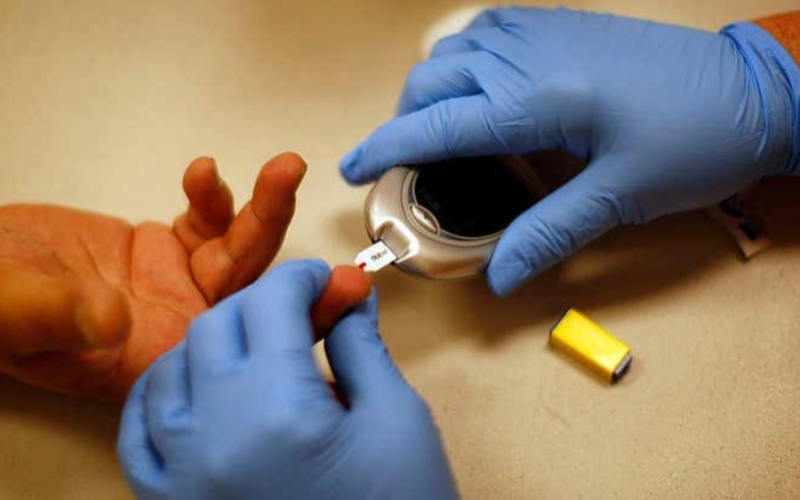Using a new sensor on the Apple Watch, Apple is apparently close to developing a noninvasive glucose test for diabetics.
Since Steve Jobs, the founder and former CEO of Apple, acquired RareLight in 2010, a small business that developed ideas for noninvasive blood glucose monitoring, the technology has been under development.
Although the technology may not be ready for several more years, insiders told Bloomberg that if it is approved, it will be able to detect the presence of pre-diabetes and assess the glucose levels in diabetics.
Apple employs absorption spectroscopy, which monitors reflected light to determine blood sugar levels, in conjunction with a chip technology known as silicon photonics.
With features including a heart rate monitor, fitness tracker, body temperature sensors, assessing blood oxygen levels, and women’s health tracking, the Apple Watch is increasingly being used as a tool to monitor health.
Although the test results for Apple’s most recent attempt to determine blood glucose levels have not been peer-reviewed, sources told Bloomberg that the project is still in the proof-of-concept phase.
However, sources told the publication that the technology needs to be made smaller in order to be utilized in a wearable gadget because it is currently too large.
The Centers for Disease Control and Prevention estimate that around 1 in 10 Persons in the country have diabetes.
Presently, they can manage their condition by sticking patches made by Dexcom or Abbott Laboratories to their skin or pricking their finger to check their blood sugar levels.
For some of the more than 37 million people with diabetes diagnosed in the U.S. alone, Apple’s objective of developing a noninvasive technology may present a more practical choice.
Before the public could use the company’s glucose technology, the data would first need to be independently reviewed.
According to RareLight’s founder, Bob Messerschmidt, if Apple hadn’t acquired the company more than ten years ago, this would not have been possible.
He claimed that “Jobs’s vision of health care combined with technology” was what eventually made the agreement possible.


